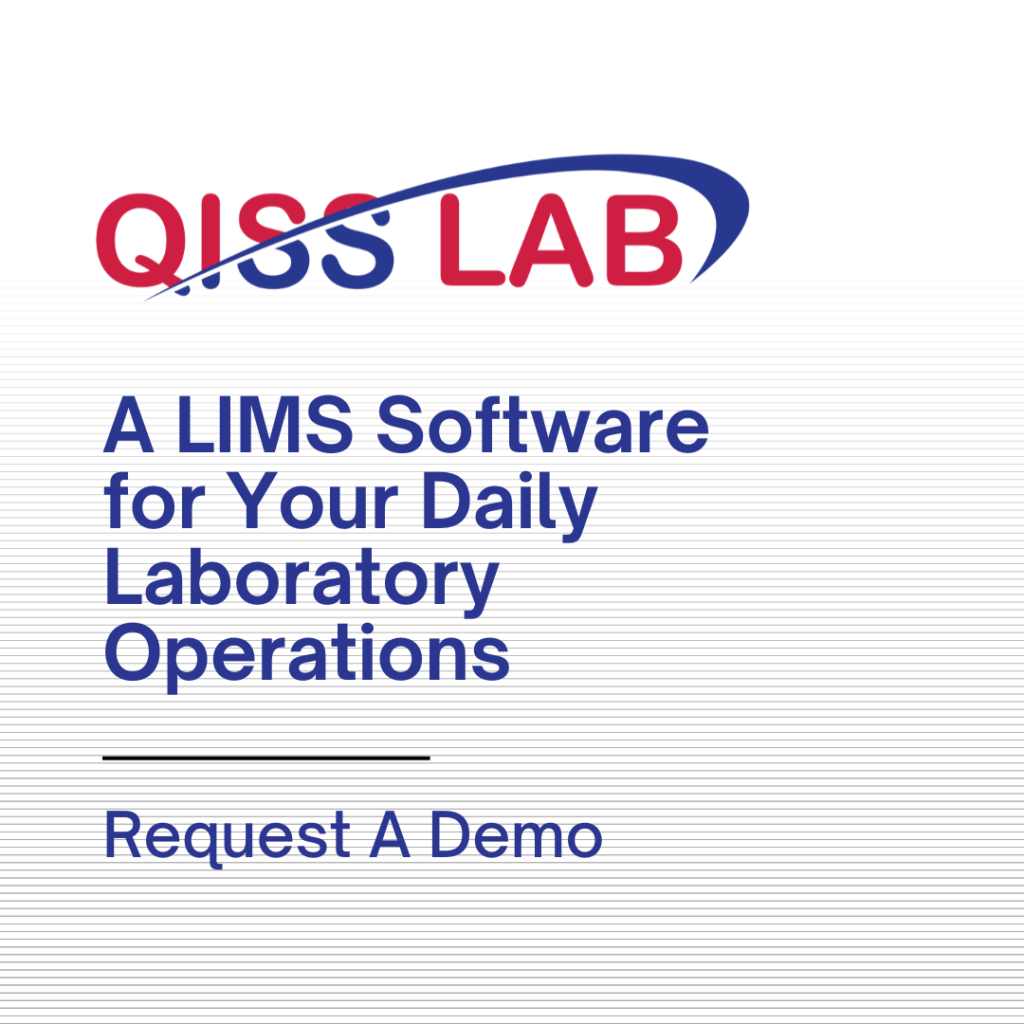raining programs significantly improve non-conformance management skills within organizations by equipping employees with the necessary knowledge, tools, and confidence to identify, report, and resolve deviations from established standards.
Here’s how effective training can improve non-conformance management:
1. Better Understanding of Standards and Procedures
Training programs provide employees with a comprehensive understanding of relevant quality standards, such as ISO 9001 or industry-specific regulations. This knowledge enables them to recognize what constitutes a non-conformance and understand the implications of these deviations on product quality and compliance.
- Knowledge of Standards: Employees learn the specifics of standards and how to apply them in their daily tasks, which reduces the likelihood of errors that lead to non-conformance.
2. Skill Development for Identification and Reporting
Effective training equips employees with the skills to identify potential non-conformances early in the process. This includes:
- Recognizing Deviations: Training sessions should focus on educating staff about various types of non-conformances and the importance of vigilance in maintaining quality standards.
- Reporting Procedures: Employees learn the correct procedures for reporting non-conformances, ensuring that issues are communicated promptly and accurately. This can include training on using specific reporting tools or systems.
3. Root Cause Analysis Training
Understanding how to conduct root cause analysis (RCA) is crucial for addressing non-conformances effectively. Training programs can teach employees various RCA techniques, such as:
- 5 Whys: A method that involves asking “why” multiple times to drill down to the root cause of a problem.
- Fishbone Diagrams: A visual tool that helps categorize potential causes of a problem.
By training employees in these techniques, organizations can foster a proactive approach to problem-solving that minimizes future occurrences of non-conformance.
4. Continuous Improvement Mindset
Training programs can instill a culture of continuous improvement among employees. By emphasizing the importance of learning from past mistakes, organizations can encourage staff to view non-conformances as opportunities for growth rather than failures. This mindset promotes:
- Feedback Loops: Regular training sessions can incorporate feedback mechanisms that allow employees to share insights and suggestions for process improvements.
- Engagement in Quality Initiatives: Employees become more engaged in quality initiatives when they understand their role in preventing non-conformances, leading to enhanced overall performance.
5. Practical Application through Interactive Learning
Modern training methods emphasize interactive learning experiences over traditional lecture-based formats. Techniques such as:
- Hands-On Training: Allowing employees to practice skills in real-world scenarios helps reinforce learning and improves retention.
- Observational Learning: Employees learn by observing experienced colleagues, which can be particularly effective in understanding complex processes.
These approaches ensure that training is not only informative but also engaging, leading to better outcomes in skill acquisition.
6. Monitoring and Evaluation of Training Effectiveness
To ensure that training is effective, organizations should implement systems for monitoring and evaluating the impact of training programs on non-conformance management. This could involve:
- Performance Metrics: Tracking metrics related to non-conformance incidents before and after training initiatives.
- Regular Assessments: Conducting assessments or quizzes post-training to evaluate knowledge retention and skill application.
By continuously assessing training effectiveness, organizations can make necessary adjustments to their programs, ensuring they meet evolving needs.
Conclusion
Investing in comprehensive training programs is essential for improving non-conformance management skills within an organization. By enhancing understanding of standards, developing identification and reporting skills, fostering a continuous improvement mindset, and employing practical learning methods, organizations can significantly reduce the occurrence of non-conformances. Ultimately, this leads to improved product quality, increased customer satisfaction, and greater compliance with regulatory requirements.
In addition, integrating robust tools like QISS QMS software can streamline the management of non-conformance processes. By combining targeted training with advanced software solutions, organizations can not only mitigate non-conformance risks but also drive operational excellence across the entire business.



